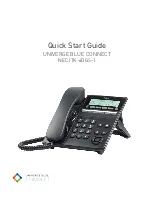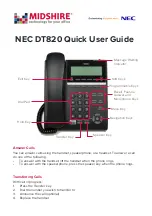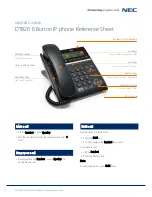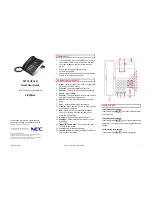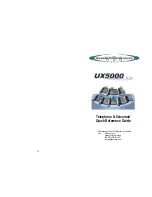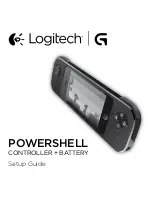
10 - For Your Safety
to a severe fall, do not use it until you have
taken it to be checked at an authorized
service center.
CTIA Requirements
Do not disassemble or open crush, bend
or deform, puncture or shred.
Do not modify or remanufacture, attempt to
insert foreign objects into the battery,
immerse or expose to water or other liquids,
expose to fire, explosion or other hazard.
Only use the battery for the system for
which it is specified.
Only use the battery with a charging
system that has been qualified with the
system per CTIA Certification
Requirements for Battery System
Compliance to IEEE 1725. Use of an
unqualified battery or charger may
present a risk of fire, explosion, leakage,
or other hazard.
Do not short circuit a battery or allow
metallic conductive objects to contact
battery terminals.
Replace the battery only with another
battery that has been qualified with the
system per this standard, IEEE-Std-1725.
Use of an unqualified battery may present
a risk of fire, explosion, leakage or other
hazard.
Promptly dispose of used batteries in
accordance with local regulations.
Battery usage by children should be
supervised.
Avoid dropping the phone or battery. If the
phone or battery is dropped, especially on
a hard surface, and the user suspects
damage, take it to a service center for
inspection.
Improper battery use may result in a fire,
explosion or other hazard.
The phone shall only be connected to
CTIA certified adapters, products that
bear the USB-IF logo or products that
have completed the USB-IF compliance
program.
Radio Frequency
Interference
General Statement on
Interference
Care must be taken when using the phone in
close proximity to personal medical devices,
such as pacemakers and hearing aids.
Pacemakers
Pacemaker manufacturers recommend that a
minimum separation of 15 cm be maintained
between a mobile phone and a pacemaker to
avoid potential interference with the
pacemaker. To achieve this, use the phone
Содержание Legacy
Страница 1: ...User Manual LEGACY ...



























